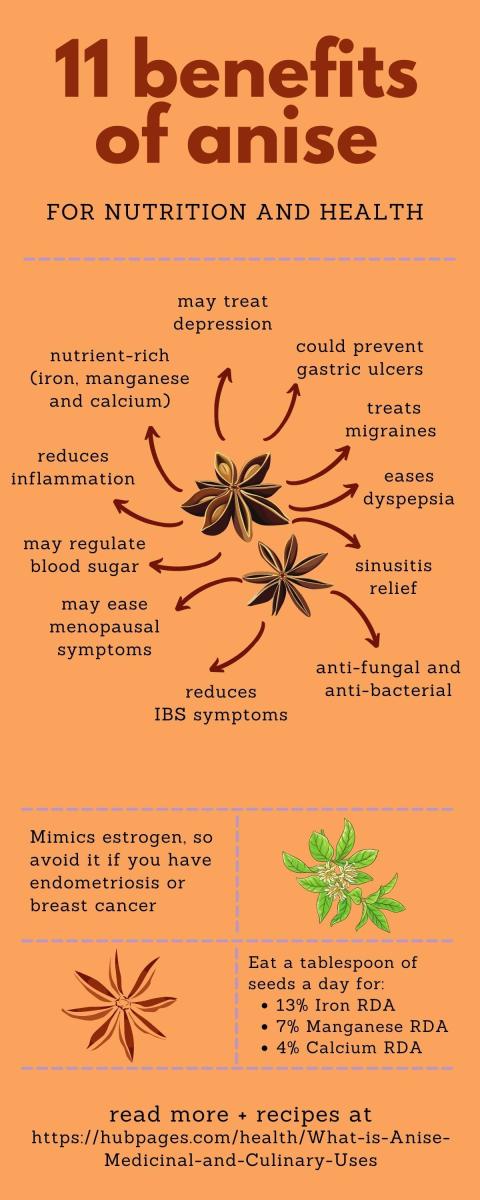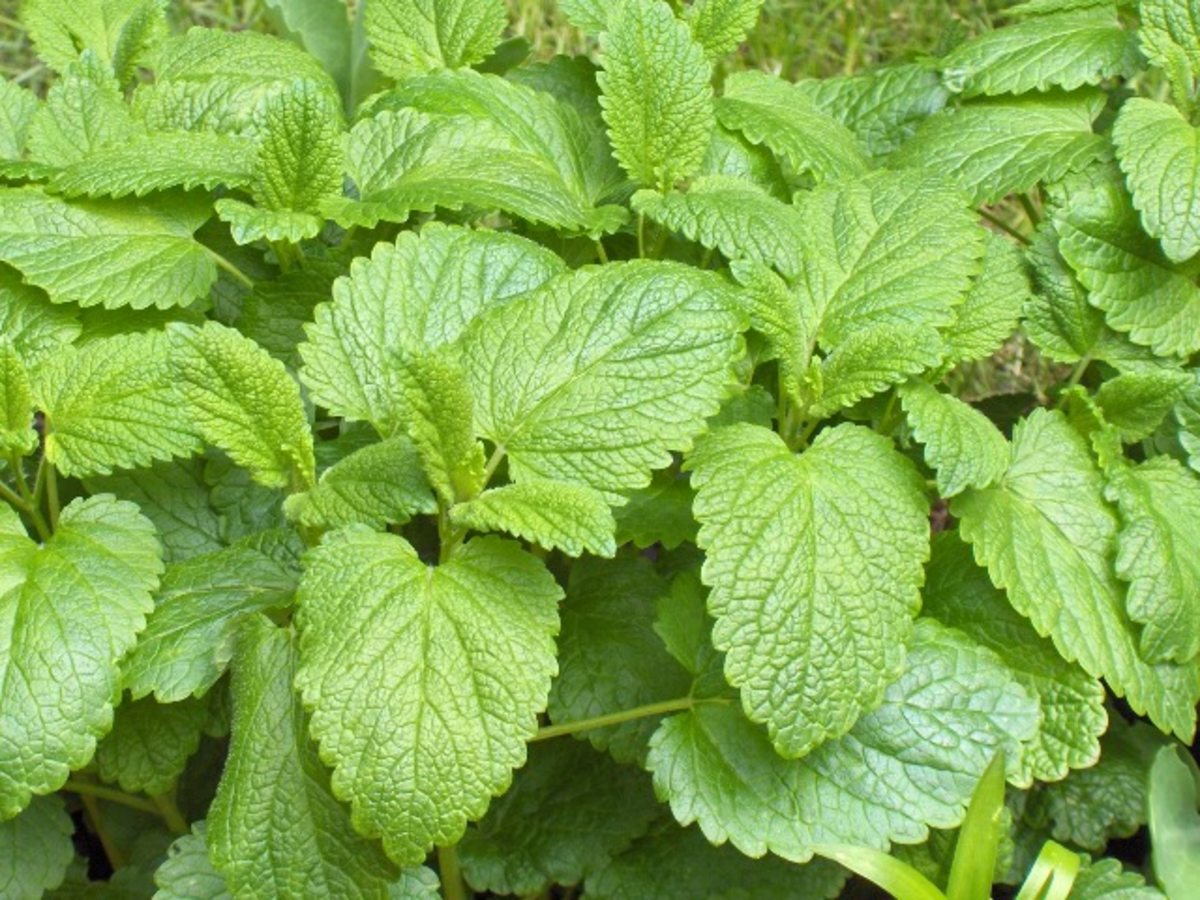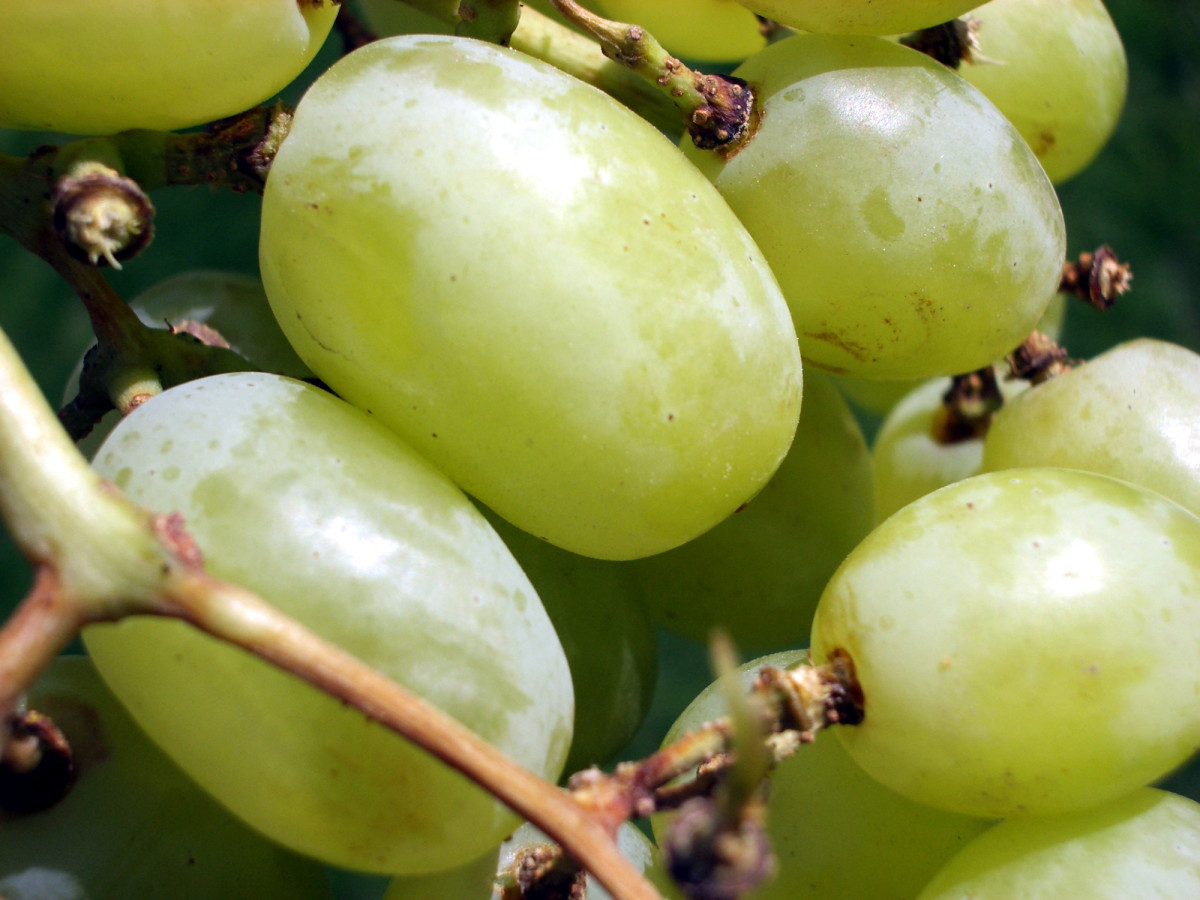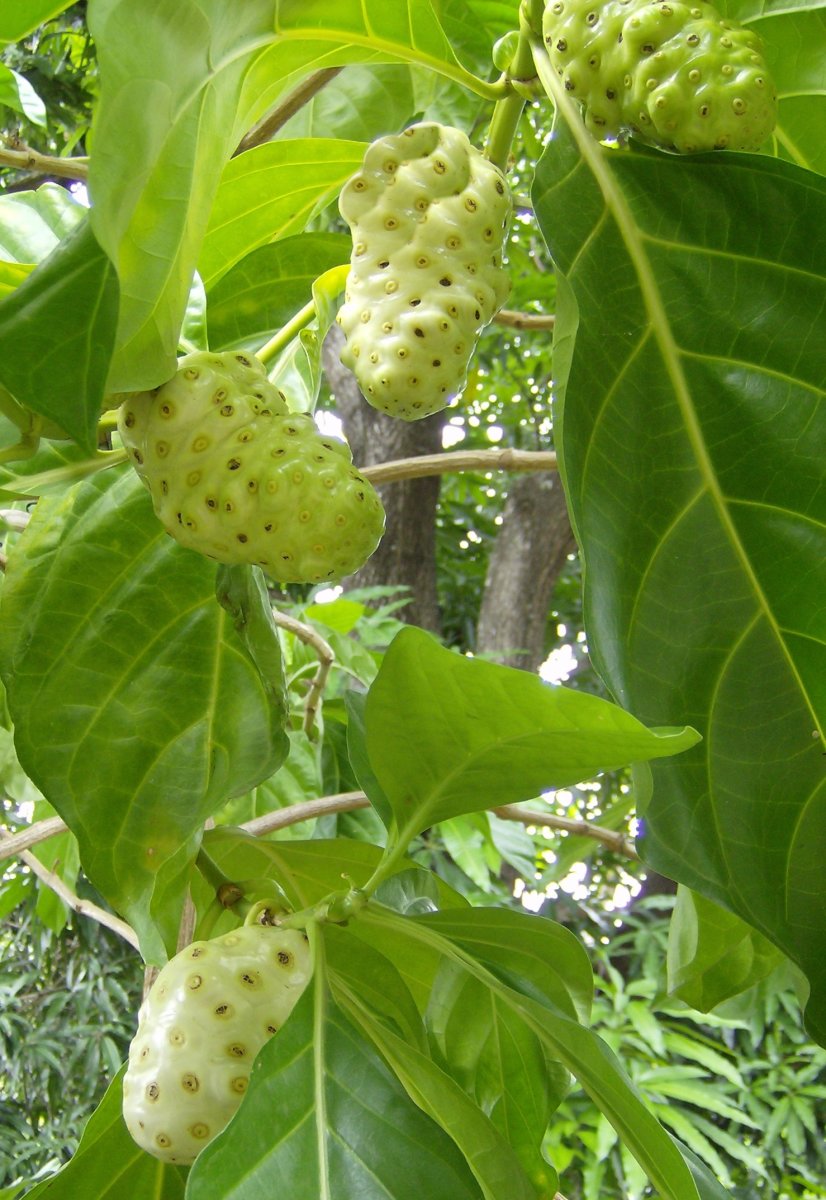Cardamom-Health Benefits of Herbs and Spices

History of Cardamom
Cardamom has long been a significant addition to India's ancient cuisine. Native to the Indian subcontinent, cardamom serves a dual purpose with its many culinary and medicinal uses. A naturally wild and invasive plant, cardamom can be found in abundance throughout the monsoon forests in southern India. This area, known as the Western Ghats also claims the name "Cardamom Hills." For thousands of years this area was the main cultivator and exporter of the precious cardamom plant.
Documentation of cardamom's uses as both a food flavoring and medicine reach as far back as the Charaka Samhita, believed to have been written before the second century. Cardamom is also mentioned in the Sanskrit texts (4th Century BC), which describe its use as a ceremonial offering. During the 11th Century, cardamom was often listed as an ingredient in the Manasollasa (Book of Splendor), and in the 1500's, it was cherished by the court of the Sultan of Mandu's kitchen staff for use in everything from rice dishes to sherbets.
Cardamom- Trade and Export
Cardamom's migration from its native India began when Arab traders introduced it to Asia. Exports of the spice drew accolades from the Portuguese traveler Barbosa, and by 1563, it was being traded internationally and used regularly by Portuguese doctor and merchant Garcia da Orta. Today, the benefits of cardamom are reaped worldwide, and although the majority of cardamom is still imported from India, it is also cultivated in Asia and Europe (England in particular). Growing in thick clumps, each cardamom plant has up to twenty leafy shoots and reaches a height between six to twelve feet. Its shoots are a dark green in color, quite long, and are thought by some to resemble a sword in shape. The underside of the leaves is somewhat lighter in color and even a bit hairy.
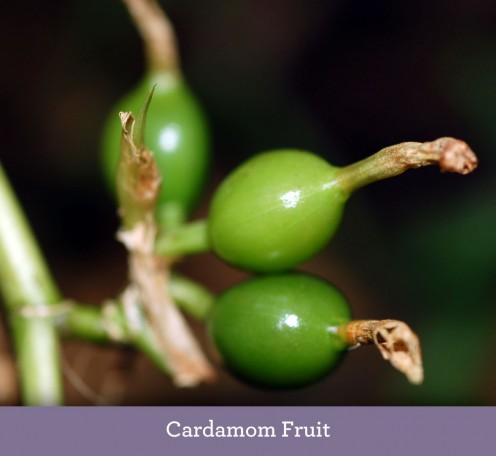
Cardamom- To Plant or Purchase?
Beauty aside, cardamom's real treasure is found in its fruit. These long oval shaped treats range in color from light green to pale yellow, and although cardamom may be purchased in a variety of different forms, growing your own would be the best option. Sweet and spicy, cardamom has its own unique and aromatic taste. If purchasing this delectable spice, try to buy it while still in the pod. Pods are easily removed and discarded, and the seeds will be at their most desirable in flavor and aroma.
Cardamom may also be purchased in seed form, with the green seeds considered most valuable for culinary purposes. Note that the seeds will have lost some of their flavor because they've been shelled. Ground cardamom is available in the spice section of most grocery stores and easily stored at home, but it is less flavorful than either of the two forms mentioned previously and is rather pricey at the checkout. Actually, costly as it is, a small amount does go a long way. Recipes calling for ten pods of cardamom seeds may be replaced by one and a half teaspoons of ground cardamom. The simplicity of pulling out a teaspoon always makes my day; I'll go for the ground.
For those more daring than myself (okay, I might just shuck some shells on a leisurely weekend), cardamom's ribbed pods contain three shells each. Each shell houses between four and six seeds. You'll know you have the real thing if your chore is accompanied by the ever-present scent of eucalyptus. If the strong smell of camphor fills the air........... well, you've been duped!
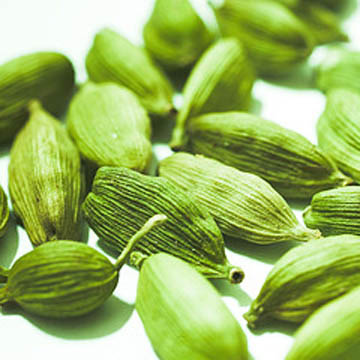
Cardamom- Medicinal and Culinary Uses
Medicinally, cardamom has been highly respected for thousands of years. Both cardamom's seedpods and seeds have been used in the practice of Ayurveda, meaning "the complete knowledge for a long life," India's traditional system of medicine. Its seeds were also prized by the ancient Greeks and Romans. Cardamom's health benefits are also highly regarded in Asian medicine, and like the practice of Ayurveda, Asians use cardamom as an alternative medicine to fight a variety of different infections. A natural detoxifier, cardamom naturally eliminates caffeine, cleanses the kidneys and bladder, stimulates a lazy metabolism, treats infections of the mouth (particularly the gums), as well as neutralizing mouth odor (think bad breath!).
Cardamom's ability to serve both culinary and medicinal functions at the same time is proven by the fact that it not only lends an aromatic flavor to foods but also makes them more digestible at the same time. Cardamom's seeds contain high amounts of fatty oils, starch, protein, gum and sugar. But its therapeutic components are contained in the seed's essential oil, which is extracted by steam; those components are cineole (anti-inflammatory and antinociceptive), limonene (used in cosmetics, as a flavoring for medicines, and as a fragrance in cleaning solvents), borneol (used as a skin tonic, a local anesthetic, sedative and antispasmodic), and terpinine.
Highly valued as a remedy for digestive problems such as nausea, vomiting, gas, craps, and heartburn; cardamom's essential oil stimulates the appetite and encourages the secretion of gastric juices. One or two drops of cardamom's essential oil diluted in a glass of warm milk is said to strengthen the lining of the stomach and get those gastric juices moving. Poor circulation? Try heating a cup of milk (not to boiling) and adding one teaspoon of cardamom and saffron; let the mixture steep a bit, sweeten with honey and indulge. What could be more satisfying............ and healthy, all at the same time?
Cardamom- Wrapping It Up
Cardamom can be used to add flavor to both sweet and savory dishes. Known worldwide as a main ingredient in curry, cardamom is just at home in its uses in baked goods and beverages. Enjoy gingerbread? Answer yes, and you've enjoyed cardamom. As for beverages, Mulled wine couldn't do without it, nor could those famous blends of Mid-Eastern coffees. An excellent choice as an after dinner beverage, Indian coffee is easily brewed and healthy to boot; just boil two cups each of milk and water, add five teaspoons of your favorite instant coffee, two green cardamom pods and sweeten to taste. Simmer for three to five minutes, strain and enjoy! This beverage will help you feel less full and aid in digestion.
No matter what form of cardamom you purchase or if you choose to grow your own, cardamom has a multitude of uses. Just a reminder, when shopping for cardamom it's best to purchase green pods. Buyers beware; if you run across white pods they've been bleached with sulfur dioxide and brown pods, they aren't genuine. You might get by with the brown, but you'll find they haven't either the aroma or the taste of genuine green cardamom pods. Like everything else in the culinary world, you get what you pay for.
As with all medicinal spices, talk to your doctor and get his/her advice before using cardamom as an alternative medicine.
Source
The Complete Guide to Natural Healing , International Masters Publishers, @ MCMXCIX


